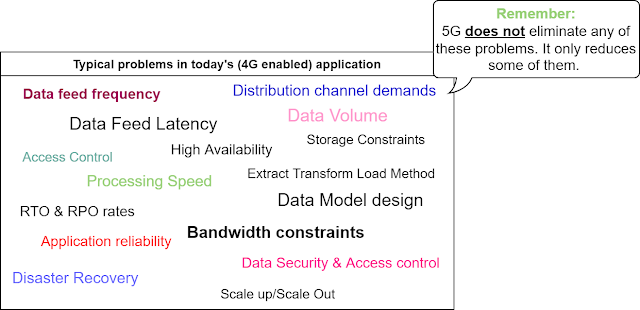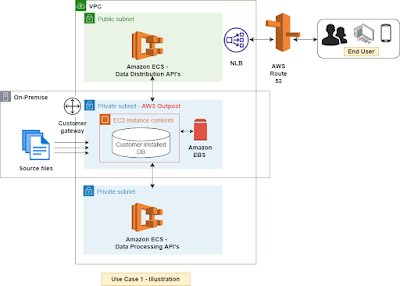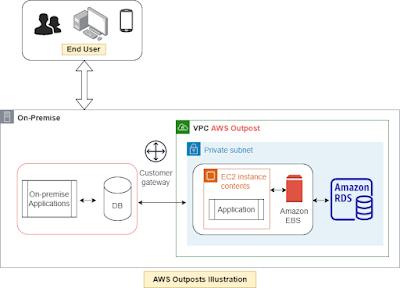5G: What does it mean to me?

A lot of different things come to mind when I think of 5G. The capabilities it brings forth in terms of enhanced bandwidth, lower latency, higher speeds, higher reliability; the different 5G enabled services that Cloud providers have launched; and even the recent news about how air traffic can be affected by 5G, owing to the capabilities of 5G to handle radio bands of much broader frequency range compared to 4G; etc. The capabilities of 5G further takes me to think about specific use cases: Think of a hospital with thousands of connected health monitoring 5G enabled devices. The higher speeds and lower latency can help transmit the information collected by these devices to a processing unit which can all help take faster decisions to save lives. Think of an industrial machine shop using connected 5G enabled sensors which can detect variations in temperature, alignment of a drill bit, or any other change that can affect the machining operation. 5G capabilities of these sensors can hel...

